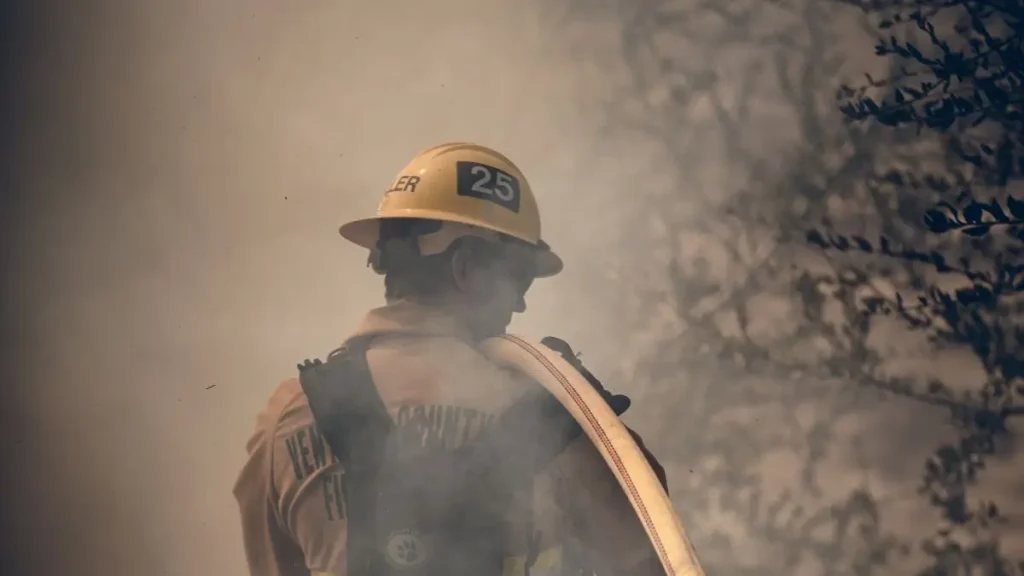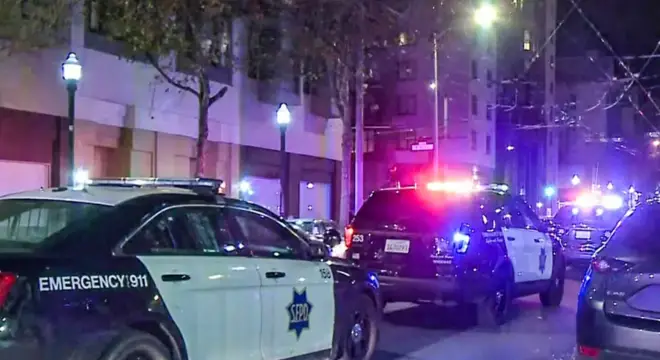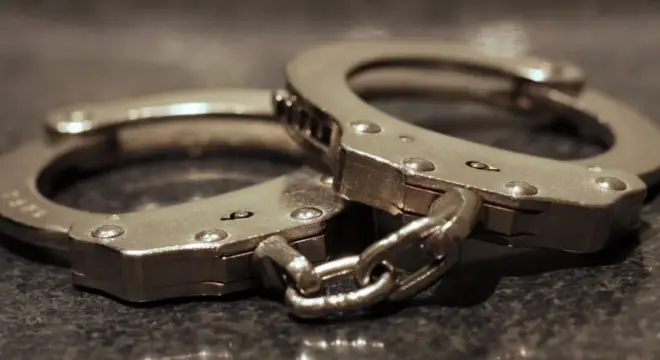Pittsburgh Home Fire Caused by Dog Turning on Stove
I still can’t get the image out of my head — a curious dog, just trying to grab a plate of food, accidentally turning on the stove and starting a fire in a Pittsburgh home. It happened early Tuesday morning in Point Breeze, on Conover Road near Hastings Street. No one was home at the time, but the kitchen didn’t stand a chance. The flames and smoke quickly spread, causing significant damage to the kitchen and affecting other parts of the house.
Firefighters arrived fast, rescuing the dog and rushing it to an emergency veterinary clinic for smoke inhalation. I can’t even imagine how scared that little pup must have been. Officials haven’t updated its condition yet, but this incident is a stark reminder: even a few seconds of curiosity from a pet can turn into a real disaster.
If you’re like me and have pets roaming around while you cook or step out, this story hits close to home. I want to walk you through exactly what happened, why it’s more common than we think, and what practical steps you can take today to prevent a similar accident in your own house.
How the Fire Started — A Curious Dog’s Mistake
You might be wondering exactly how this happened. According to an official post from the Pittsburgh Public Safety Facebook page, the dog was trying to grab a plate of food sitting on the stove when it accidentally turned on a burner. That tiny action was all it took to ignite the kitchen.
It’s easy to shrug this off and think, “Oh, that’s just a fluke,” but the reality is that pets can cause fires in a split second. The smoke and heat quickly spread beyond the stove, damaging other areas of the home. I’ve seen people underestimate how fast kitchen fires can get out of control, and this is a perfect example.
If you have a pet, this should make you rethink how accessible your cooking appliances are. Even a few seconds of unsupervised curiosity can be enough to start a fire that changes your entire morning — or worse, your life.
Damage and Immediate Response
Once the fire started, firefighters acted quickly. As CBS News reported, they were able to rescue the dog and transport it to an emergency veterinary clinic due to smoke inhalation.
Thankfully, no humans were home at the time, but the damage to the kitchen was significant, and the heat and smoke affected other parts of the house.
Reading about this, I can’t help but think about the homeowner’s perspective — walking into a damaged kitchen and the uncertainty of what’s salvageable is stressful.
The resident had to make alternative living arrangements while the home is assessed. It’s a reminder that even small accidents can have major consequences.
Similar incidents have caused devastating losses in other states — like the tragic explosion in Ohio, where one person died and investigators are still looking into the cause.
Pets as Fire Hazards: The Bigger Picture
You might not realize it, but pet-related fires aren’t as rare as we think. According to the National Fire Protection Association, pets or wild animals are responsible for roughly 750 home fires each year in the U.S.
This includes curious dogs turning on stoves, cats knocking over candles, or even squirrels chewing through electrical wiring.
Seeing this number makes me realize that we all need to take proactive steps. Pets are naturally curious and don’t understand danger. That’s why creating boundaries and safe zones in your home isn’t just a suggestion — it’s a necessity.
Home fires don’t always involve pets — in Washington County, an apartment blaze left 10 people homeless, highlighting how unpredictable home fires can be.
Expert Advice: Preventing Pet-Related Fires

The Red Cross has some practical advice that I think every pet owner should follow. First, remove stove knobs or fit protective covers when you leave the house. Their research shows that stoves are the number one piece of equipment involved in pet-related fires.
Second, never leave pets unsupervised around open flames — this includes candles, fireplaces, or even small burners. And finally, make sure everything is fully extinguished before stepping out. I know it’s tempting to just leave a candle burning for a few minutes, but the risk is real.
Taking these small precautions is simple but effective. It’s like adding a safety net around your home — you might never need it, but when you do, it can prevent a disaster.
Even vacant homes aren’t immune — a Newark home was completely destroyed in a fire while it was unoccupied reinforcing the importance of preventative measures.
Practical Takeaways for Pet Owners
Here’s what I want you to walk away with:
- Secure your kitchen: Keep stove knobs out of reach or use protective covers.
- Supervise pets: Even a few minutes alone can be risky.
- Check all open flames: Candles, fireplaces, stovetops — never leave them unattended.
- Install smoke detectors: Early alerts can save lives and property.
- Emergency plan: Know your vet contacts, fire department numbers, and have an escape plan.
If you do just these things, you drastically reduce the chances of your pet causing a fire. Honestly, taking a few minutes to set up safeguards is worth more than any emergency you’ll ever face.
For quick daily safety reminders and bite-sized tips on protecting your home from accidents like this, you can join a WhatsApp updates feed that shares practical household safety alerts.
Lessons Learned and Safety Takeaways
If there’s one thing I’ve realized from this incident, it’s that curiosity can be dangerous — not just for pets, but for all of us when we underestimate risks at home. A few seconds of unsupervised exploration by a dog turned into a fire that destroyed a kitchen and displaced a homeowner. That’s the kind of reality check no one wants, but we can all learn from it.
First, always think about accessibility. Pets are naturally curious, and kitchen appliances are magnets for that curiosity. Keeping stove knobs out of reach, covering them, or even using small barriers can prevent accidents before they happen. I personally check my kitchen every time I step out to make sure nothing is within paw’s reach — it’s simple, but it works.
Second, supervision matters. You might think your pet is “safe” on the other side of the room, but smoke or fire doesn’t care. Even a few minutes alone around open flames or active burners can be risky. Treat your pet like you would a small child in the kitchen — curiosity is innocent, but consequences can be serious.
Third, preparation is everything. Smoke detectors, emergency vet contacts, and a quick-fire plan for your home aren’t optional — they’re essential. I like to keep a checklist on the fridge so that everyone in the house knows what to do if the unexpected happens.
Finally, share these lessons. Talk to other pet owners about the risks, post tips on social media, or just mention them in casual conversation. Awareness is one of the most powerful tools we have.
I’d love to know — do you have any safety tips for pets in your home? Share them in the comments or with a friend who has a curious pup. Sometimes, saving a kitchen (or a life) is just one conversation away.
Final Thoughts
Accidents happen — even the most well-behaved pets can get curious at the wrong moment. The Point Breeze fire is a stark reminder that a few seconds of unsupervised exploration can turn into hours of cleanup, stress, and uncertainty.
By keeping your kitchen safe, supervising your pets, and preparing for emergencies, you can prevent a similar incident in your own home. It’s not about fear — it’s about awareness and practical action.
I encourage you to take a moment today: check your stove, secure your appliances, and think about how your pet interacts with your home. A few minutes now could save a lot of trouble later.
Have you ever had a close call with your pet and fire or another household hazard? Share your experience — it might help someone else prevent a disaster.
Want more stories and practical safety guides like this? Check out our Home Incidents section for tips, real-life cases, and expert advice.
Disclaimer: This article is for informational purposes only and does not constitute professional fire safety or veterinary advice. Always follow official guidelines and consult experts for emergencies. The author is not responsible for any damage or injury resulting from the use of this information.


